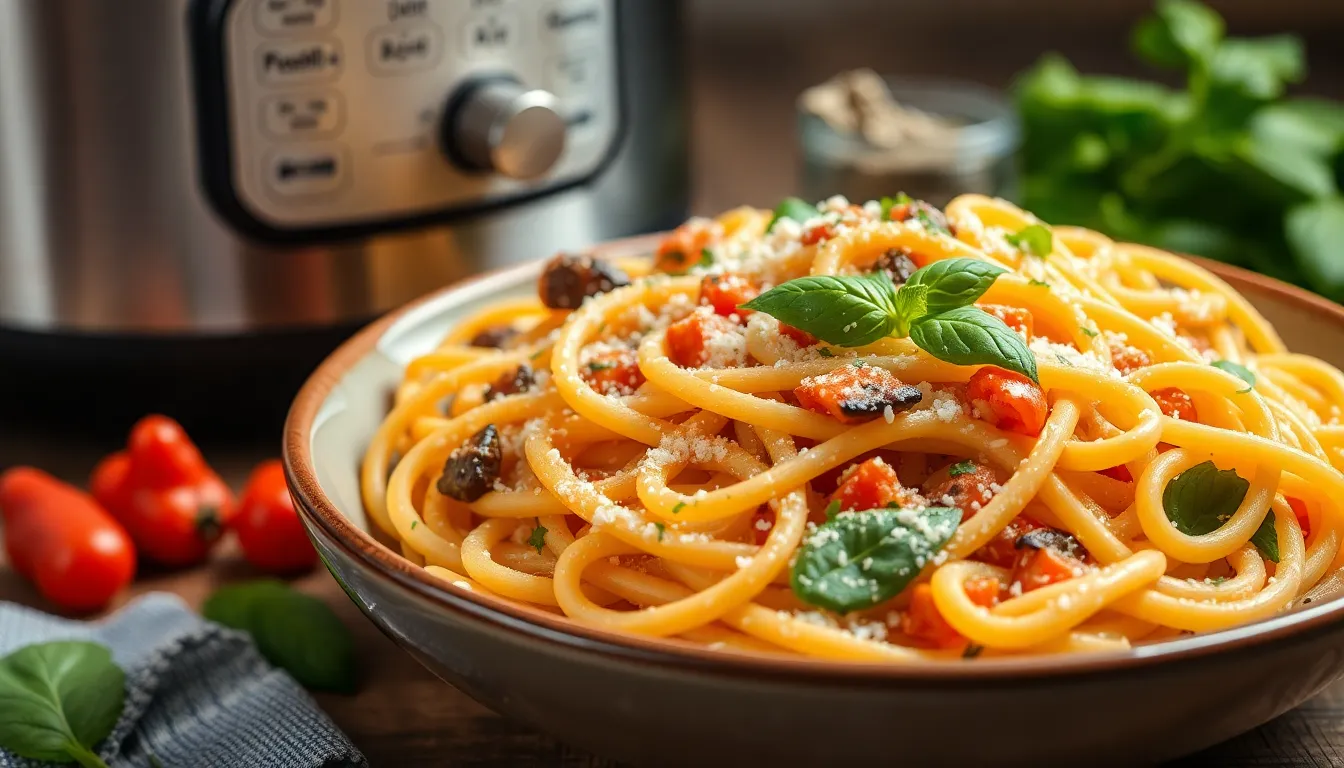How to Make Pickled Cabbage: A Classic Favorite
Introduction
Pickled cabbage is a delightful dish that has captured the hearts and taste buds of food lovers around the world. Its vibrant colors and tangy flavor make it a wonderfully versatile addition to various meals, from sandwiches and tacos to salads and rice bowls. This fermented treat is not only delicious but also packed with health benefits, thanks to its probiotic properties. Incorporating fermented foods like pickled cabbage into your diet can boost gut health, enhance digestion, and provide a wealth of vitamins and minerals.
Section 1: Ingredients
To make pickled cabbage, you’ll need the following ingredients:
- Cabbage (green or purple)
- Salt
- Sugar
- Vinegar (white or apple cider)
- Spices (e.g., mustard seeds, peppercorns, bay leaves)
- Optional ingredients (e.g., garlic, chili flakes)
Ingredient Table
| Ingredient | Amount | Notes |
|---|---|---|
| Cabbage | 1 medium | Green or purple variety |
| Salt | 2 tablespoons | Use kosher or sea salt |
| Sugar | 1 tablespoon | Adjust to taste |
| Vinegar | 1 cup | White or apple cider vinegar |
| Mustard Seeds | 1 teaspoon | Optional |
| Peppercorns | 1 teaspoon | Optional |
| Bay Leaves | 1-2 | Optional |
| Garlic | 2 cloves | Optional, sliced |
| Chili Flakes | 1 teaspoon | Optional, for heat |
Section 2: Equipment Needed
To create the perfect pickled cabbage, you will need the following kitchen tools:
- Large mixing bowl
- Cutting board and knife
- Jar or container for storage
- Measuring cups and spoons
- Stirring utensil (e.g., spoon or spatula)
Section 3: Step-by-Step Instructions
Step 1: Prepare the Cabbage
Start by washing the cabbage under cold running water to remove any dirt or impurities. Next, remove the core using a sharp knife, and slice the cabbage into thin strips. Aim for about 1/4-inch thickness for the best texture. The more finely you slice, the quicker the cabbage will pickle.
Tip: If you prefer a crunchier texture, avoid slicing too thinly. Keep the slices consistent to ensure even pickling.
Step 2: Salting the Cabbage
Place the sliced cabbage in a large mixing bowl and sprinkle it with salt. Toss the cabbage well to ensure it is evenly coated. The salt draws moisture from the cabbage, which is crucial for the pickling process.
Cover the bowl with a clean kitchen towel and let it rest for about 30 minutes to an hour. This resting time allows the cabbage to soften and release its juices.
Step 3: Making the Pickling Brine
While the cabbage is resting, prepare the pickling brine. In a saucepan, combine the vinegar, sugar, and any spices you wish to use (like mustard seeds and peppercorns). Heat the mixture over medium heat, stirring until the sugar completely dissolves. This process enhances the flavor of the brine.
Remove from heat once dissolved and set it aside to cool slightly. The brine should be hot but not boiling when you pour it over the cabbage.
Step 4: Packing the Cabbage
After the resting period, take the cabbage and squeeze out any excess liquid. Pack the cabbage tightly into clean jars or containers. Layer the cabbage with your optional ingredients, such as sliced garlic or chili flakes, for added flavor. Ensure that the spices are evenly distributed throughout.
Step 5: Pouring the Brine
Carefully pour the hot pickling brine over the packed cabbage, ensuring that it covers the cabbage completely. If necessary, add more vinegar to ensure the cabbage is submerged. This step is crucial for proper pickling.
Use a clean utensil to gently press down on the cabbage to release any trapped air bubbles. This will help keep the cabbage submerged in the brine.
Step 6: Sealing and Storing
Seal the jars tightly with lids. Allow the jars to cool to room temperature before transferring them to storage. Store the jars in a cool, dark place, such as a pantry or cupboard. The pickled cabbage can be enjoyed after a few days but will reach its peak flavor after about two weeks.
Section 4: Fermentation Process
The fermentation process for pickled cabbage typically takes 1 to 2 weeks. During this time, the cabbage will develop its tangy flavor and probiotic benefits. The actual timeframe can vary depending on temperature and humidity levels in your home.
Tip: Start tasting the cabbage after one week. If it’s too salty or not tangy enough, let it ferment longer until it meets your taste preference. Once you achieve your desired flavor, transfer the jars to the refrigerator to slow down the fermentation process.
Fermented foods like pickled cabbage are not only delicious but are also rich in probiotics, which are beneficial for gut health. They can help improve digestion and boost your immune system.
Conclusion
Making pickled cabbage at home is a rewarding experience that yields a delicious and healthy condiment. By following these simple steps, you can create a jar of pickled goodness that will elevate your meals and provide numerous health benefits. Enjoy your homemade pickled cabbage in salads, sandwiches, tacos, or as a side dish. The possibilities are endless, and your taste buds will thank you!




